-
ABOUT US
-
ACADEMICS
Curriculum Program
Departments
- English
- High School Chinese
- Primary and Junior School Chinese.
- High School Mathematics
- Middle School Mathematics
- Primary School Mathematics
- Music and Fine Arts
- Physical Education
- Physics
- Chemistry
- History and Geography
- Physical Science and Optional courses Department
- Middle School Biology
- High School Biology
- Social Sciences
- Computer Science
- Courses in Primary School
Achievements and Matriculations
College Counseling
Science & Technology Innovation Contest
Subject Competition
-
ARTS
-
ATHLETICS
-
AT SHSID
SHSID ∣ TIMES
PTSA
Club Exhibition
- 龙吟社
- Live 2 Drama
- Choir
- Hip-pop Dance Club
- The Primary School Dance Troupe
- Symposiums Club
- Biology Workshop
- You Shan
- VEX Robotic
- Peking Opera Club
- Baseball Club
- Model United Nations
- The World Scholar’s Cup
- Future Problem Solving Club
- United States Academic Pentathlon
- OM Club
- AMC Club
- Music for Patients
- SHSID Gazette
- Smile Charity
- Cultural Moments
- SciAcademy
- Stem Doge Alliance
- Chinese Debate Club
- IAA
- Mock Trial Club
- Zhengming Club
- Art-to-zine
- Bananaheads
- Electronics
- Furry Friends
- GT-Racing
- MCG Philharmonics
- Village Radio
- IMMC Club
- Creative Design and Intelligent Fabrication
- Future City Research Project
- ECOCAP
- AdvocaSEA
- SPDC
- Medishine
- Floorball Club
- Animusic MTC
- Wings Up
Health and Wellness
Campus Safety
Cafeteria Service
-
ADMINISTRATION
-
ADMISSIONS
-
ALUMNI
Alumni Information
Honors Students
- Class of 2025
- Class of 2024
- Class of 2023
- Class of 2022
- Class of 2021
- Class of 2020
- Class of 2019
- Class of 2018
- Class of 2017
- Class of 2016
- Class of 2015
- Class of 2014
- Class of 2013
- Class of 2012
- Class of 2011
- Class of 2010
- Class of 2009
- Class of 2008
- Class of 2007
- Class of 2006
Who Studied at SHSID
SHS Foundation
-
DOCUMENTS
Primary School Math Department | Where Mathematics Meets Philanthropy
As an old Chinese saying goes, “a journey of a thousand miles begins with a single step; a river is formed by the accumulation of small streams.” The spirit of kindness starts from one’s surroundings, and social responsibility needs to be cultivated from childhood. This month, SHSID fourth and fifth grades held a vibrant charity fair fundraiser. The 5thgrade math teachers seized this opportunity to design a math project related to this real world situation, enriching the students’ experience and sense of achievement at the charity fair. At the beginning of April, the fifth-grade math teachers explained and assigned the charity fair math project to the students, giving them ample time to prepare. In this project, children need to work in groups, use the math knowledge learned in class to design and plan a stall for the charity fair, independently set up the stall on the day of the event, and donate all net profits to schools in remote areas, helping students in need.
First, the students formed teams freely across classes and levels. After successful team formation, they began to discuss and prepare the goods or services their groups would sell. Then, the fifth graders carried out a series of preparations for their charity fair booths. From planning the time and location of the booths, counting and purchasing materials, to budgeting costs, pricing, and even promotional strategies, the students were fully responsible for the success of their charitable ventures. During this process, the children recorded all the above information on different task sheets in the charity fair math project booklet for the completion of the subsequent project. It’s worth mentioning that each group of students also needed to incorporate a math-related activity into their charity fair event, proposing relevant mathematical problems and solving them. Some groups devised recipes for the food they sold, calculated costs based on the quantities of various ingredients, providing a mathematical basis for the final pricing of the product; some groups used the “make an organized list” method learned in class to list all possible combinations of DIY accessories; and some groups came up with unique ideas, preparing a lottery segment for their stalls, calculating the probability of winning for different prizes based on the number of prizes and the frequency of the lottery, and then promoting and attracting customers to patronize. In this segment, the students applied what they had learned in math class to various aspects of charity fair preparation.
After finalizing the arrangements for the group’s charity stalls and activities, the students created eye-catching posters and flyers to boost their sales. These posters and flyers not only contained basic information such as booth name, products, and promotions, but also featured carefully crafted slogans and appeals for charity sales, attracting a lot of attention to each group. In the week leading up to the event, the children were already eager to go, recommending their products to teachers and classmates everywhere. Large spaces were specially reserved in the corridors outside the fifth-grade classrooms for each group to display their posters, attracting passing students and effectively generating excitement for the event. The eagerly anticipated charity fair finally began. The students were all personally involved and had already prepared their stalls, enthusiastically promoting their goods. The charity fair proceeded in a relaxed and pleasant atmosphere, but the children did not forget the original intention of the event—to create better conditions for children in impoverished areas. The teachers proudly witnessed the students’ passionate resolution and actions.
After the charity fair, the students began to analyze the data from the math project. They recorded the sales revenue of the event, calculated the net profit, and used pie charts to visually display the items with the highest profits and costs during their sales process. Furthermore, as the final stage of the project, the children reflected on the reasonableness of their activity design and marketing strategies, identified problems and challenges encountered during the entire activity, and attempted to find solutions, striving to do better in the next activity. Some students wrote that because they were assigned to relatively remote locations for their stalls, the members of the groups took the initiative to actively attract customers by soliciting business everywhere. They anticipated in advance which classmates might be interested in their stall’s products and targeted their marketing efforts accordingly. Some groups brainstormed extensively when selecting products and setting prices. To find more reasonable pricing, they conducted small-scale surveys among their peers, determining prices that most people would accept. Some students selling bubble tea found that the process of making it was time-consuming. Therefore, next time, they may choose to sell pre-packaged products. These reflections were derived from the students’ comparisons of profits, time, and labor costs.
Through this charity fair math project, students not only applied the math knowledge learned in class to real-life situations, but also experienced the difficulty of making money and the joy of helping others. The integration of mathematics and charity fair not only enhanced the students’ sense of social responsibility, but also fully demonstrated the school’s goal of nurturing responsible global citizens.
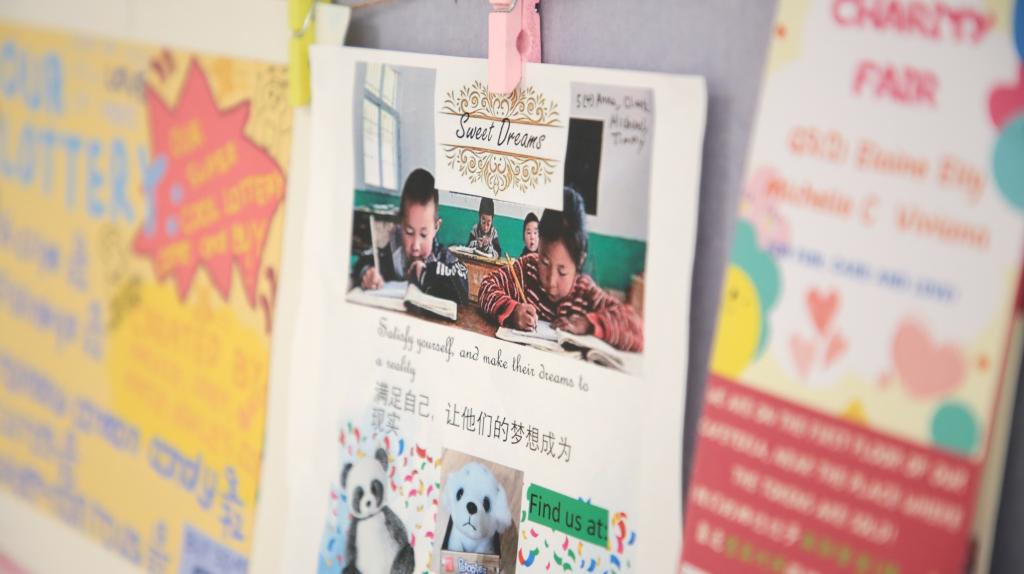
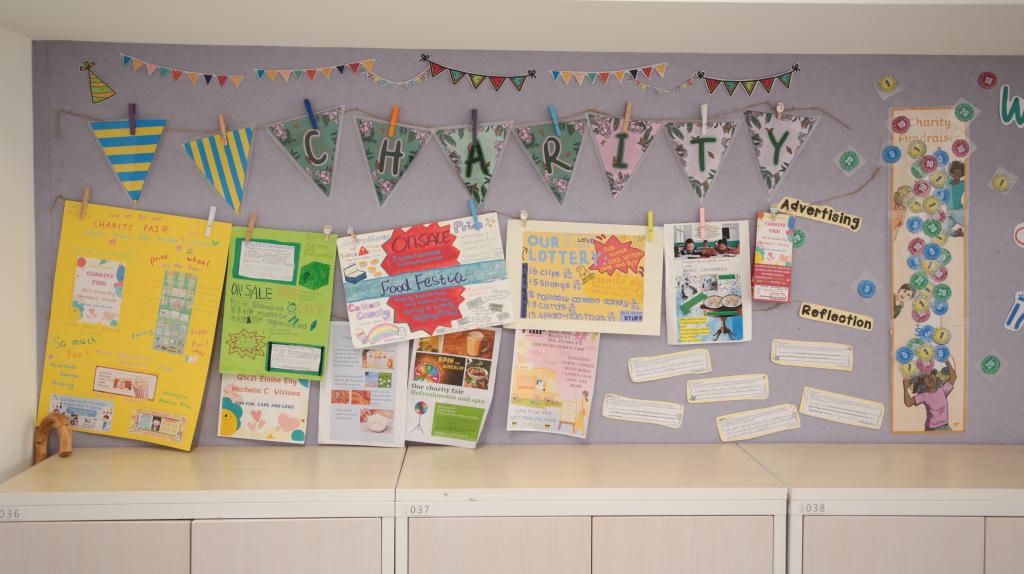
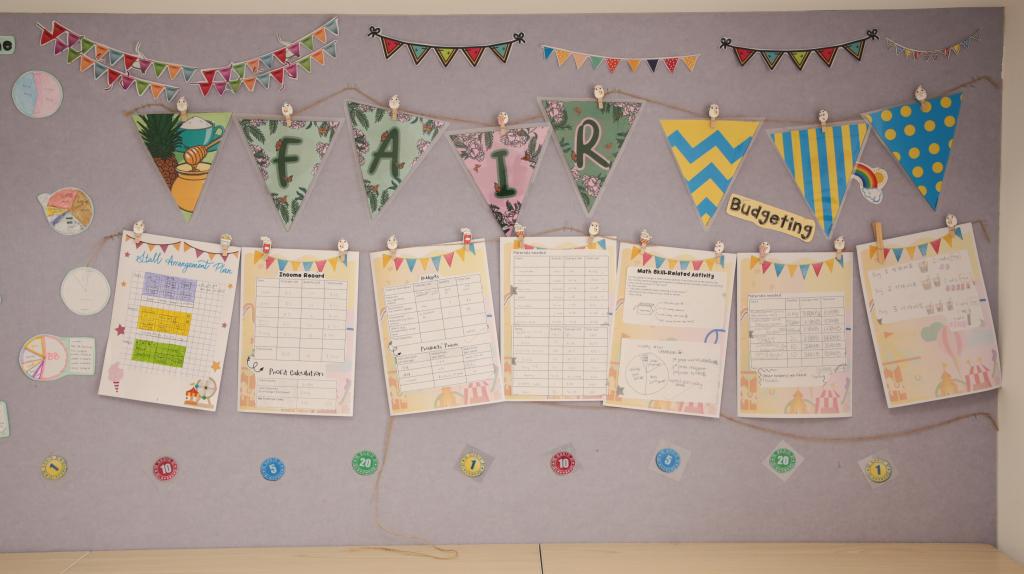
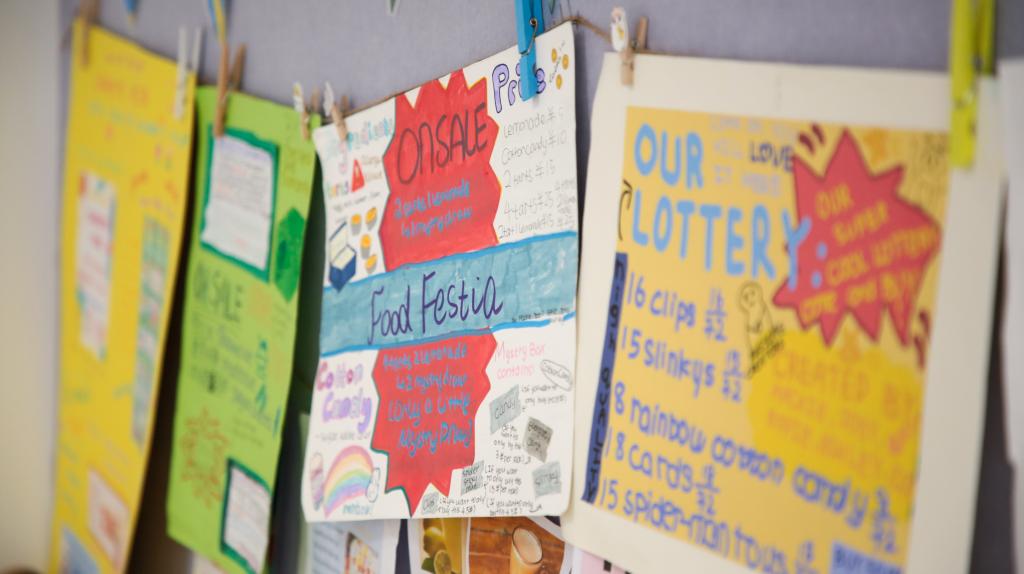
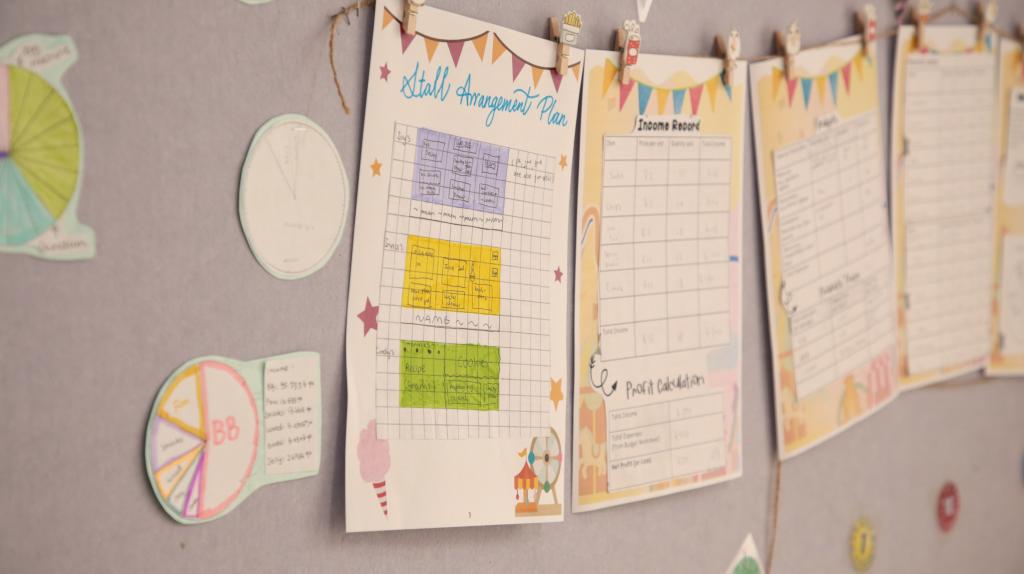
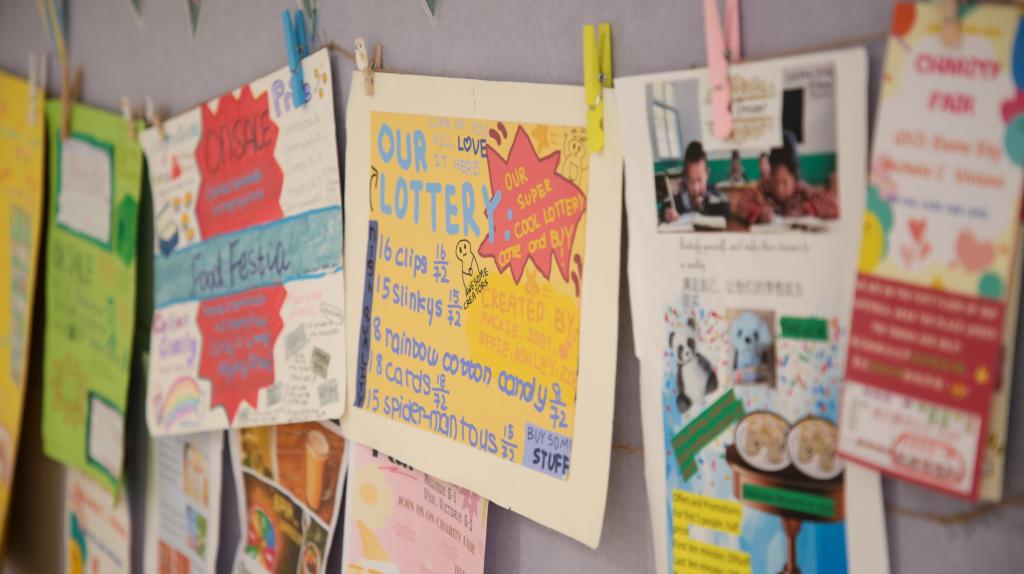
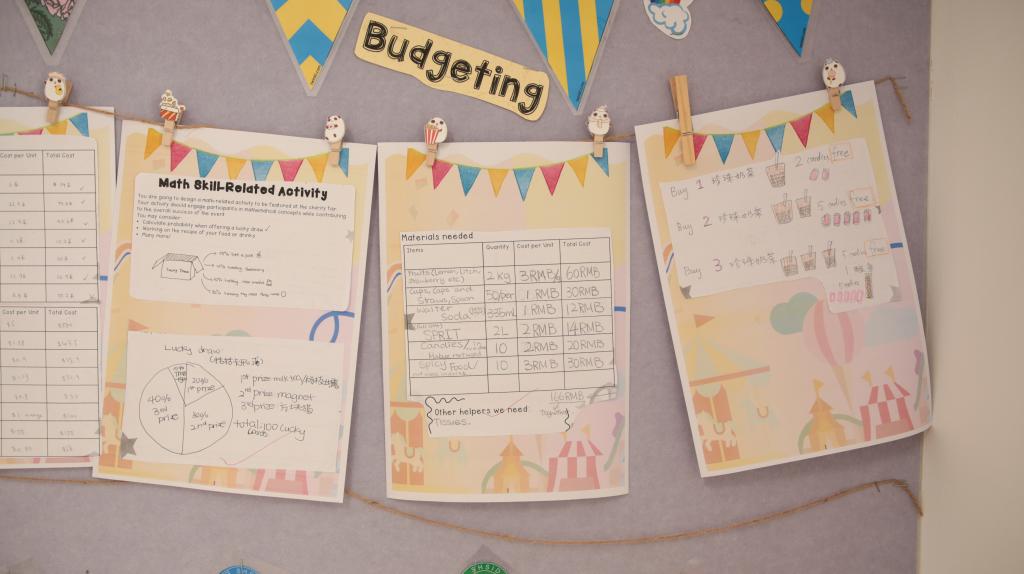
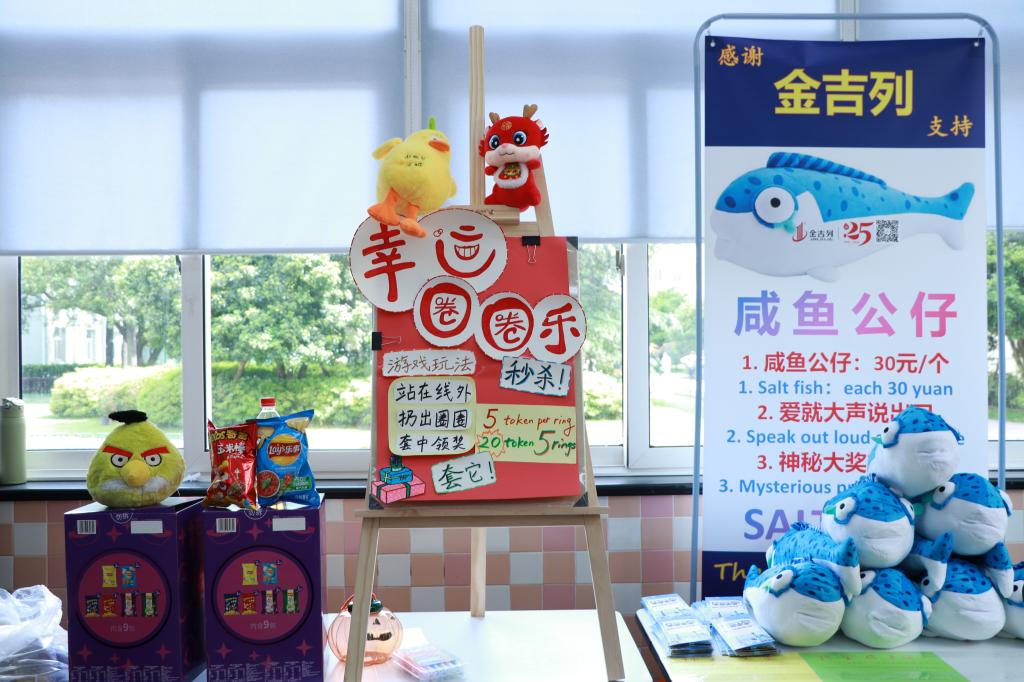
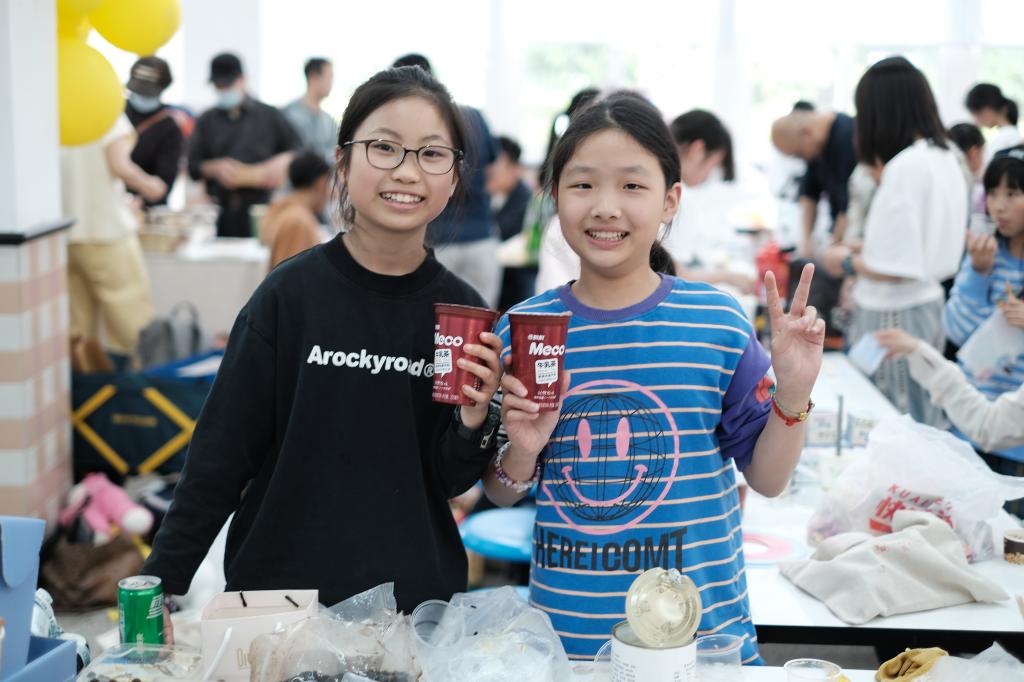
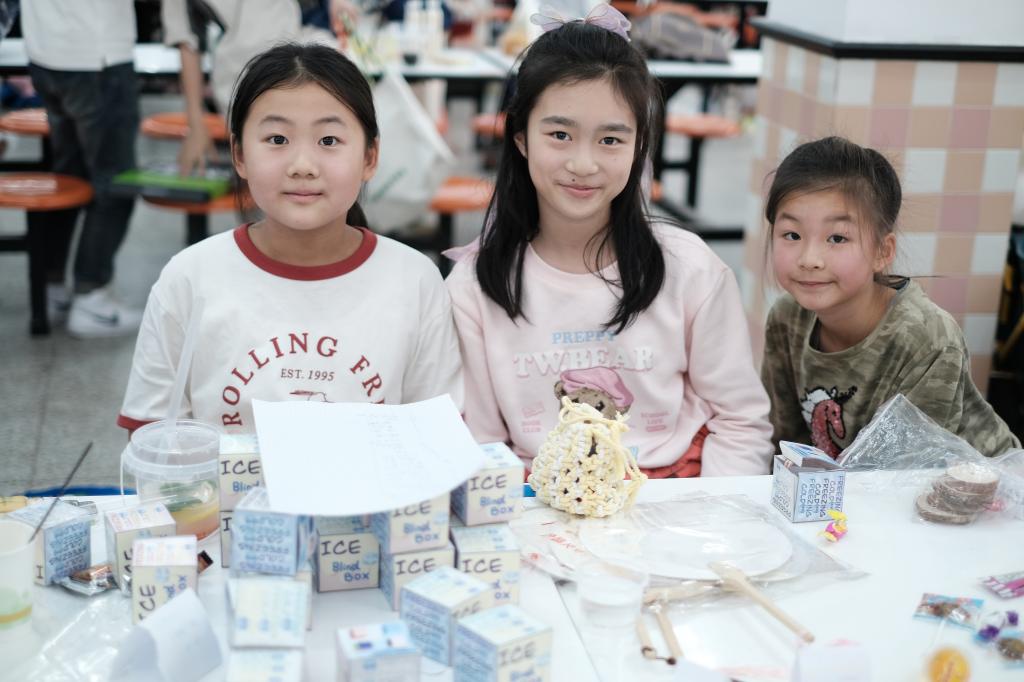
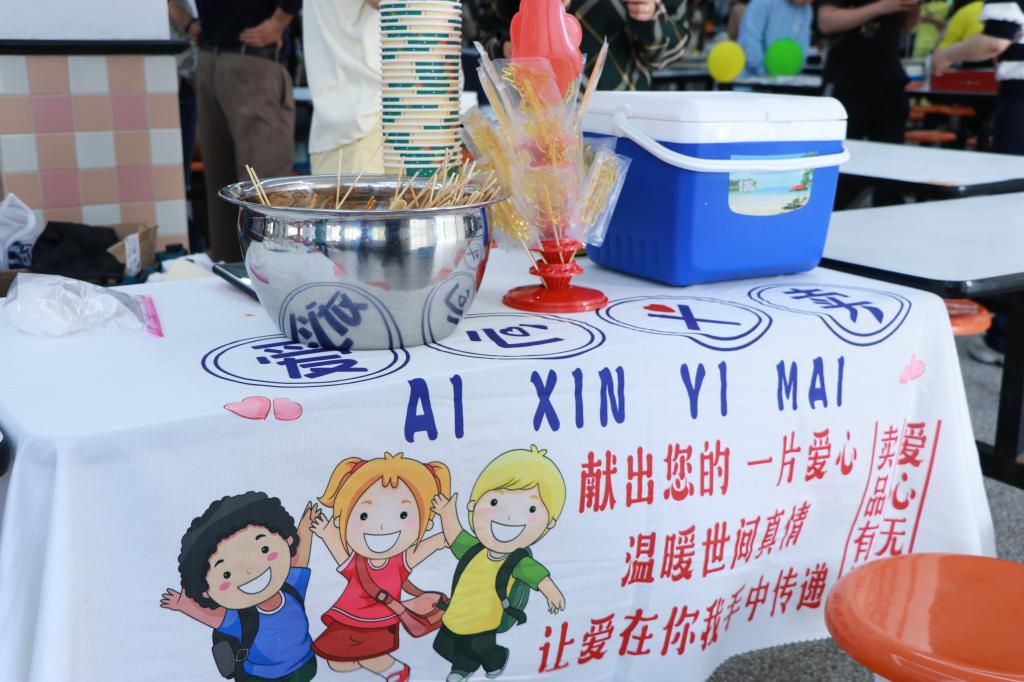

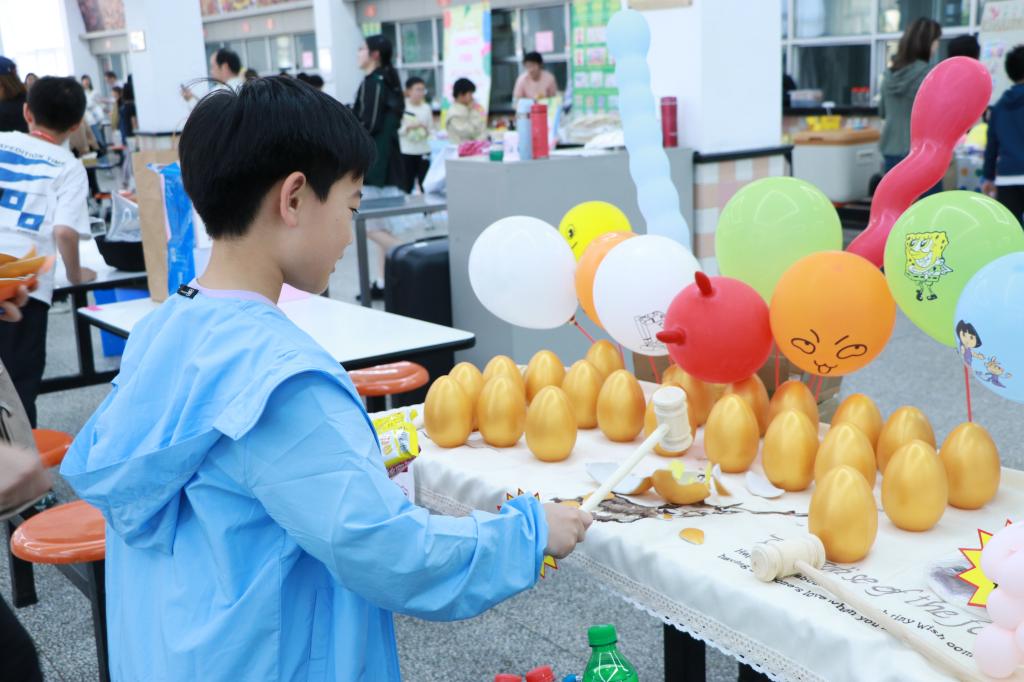
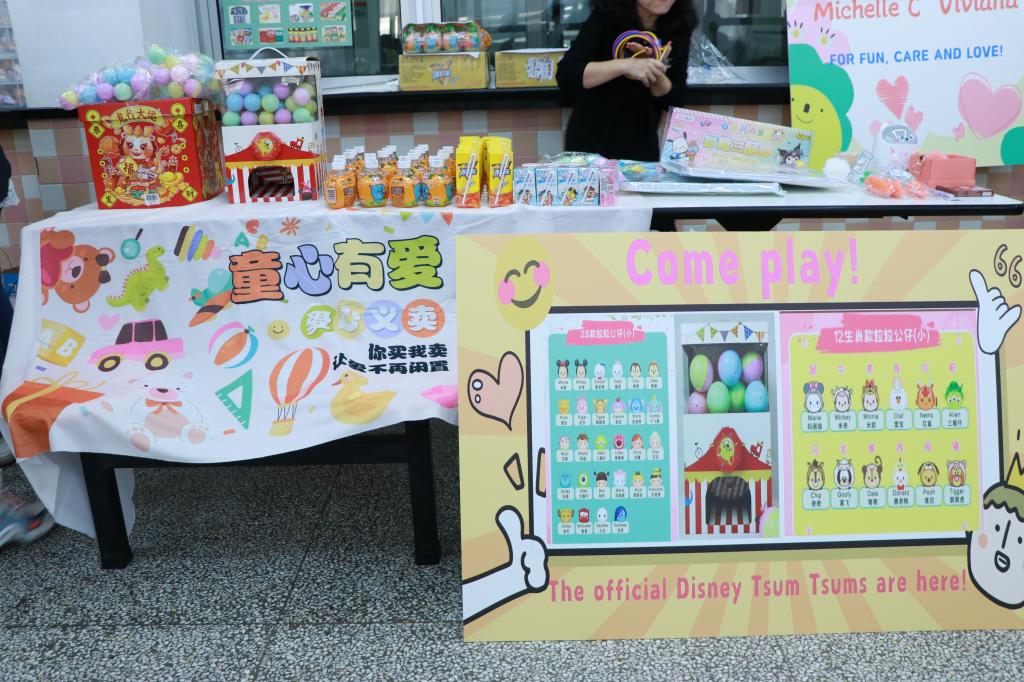
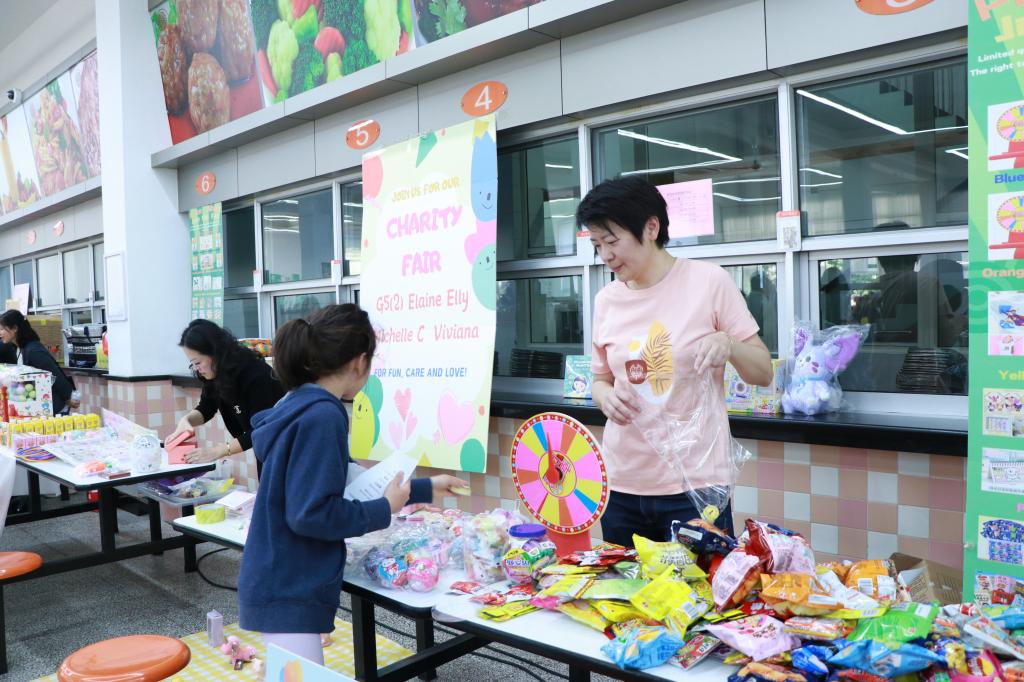


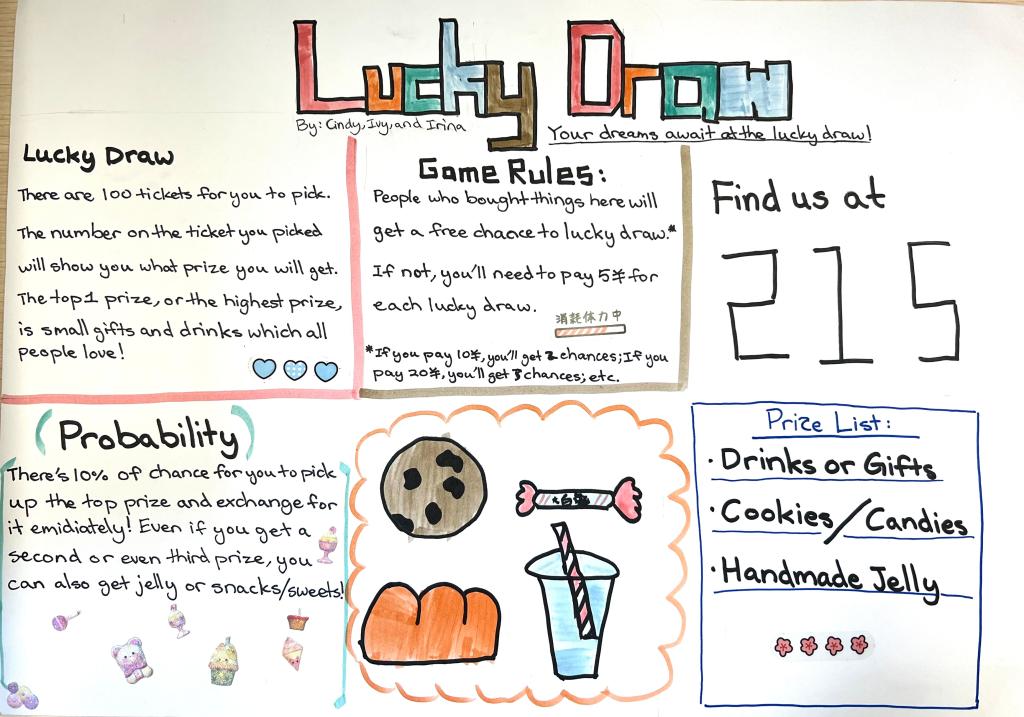

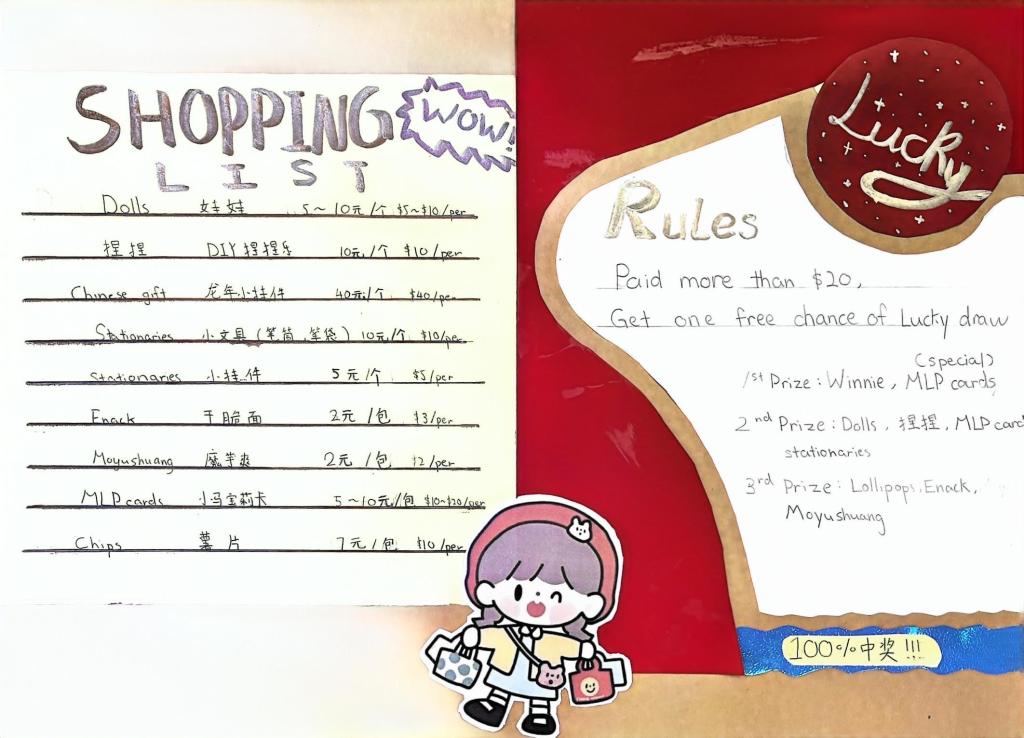

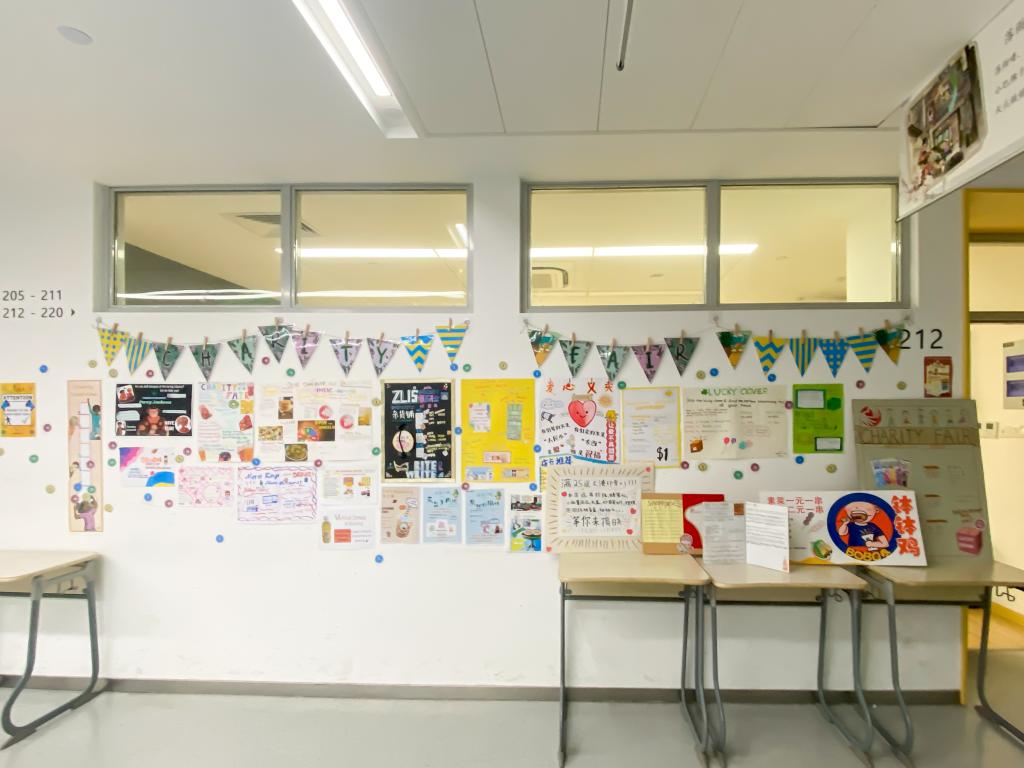
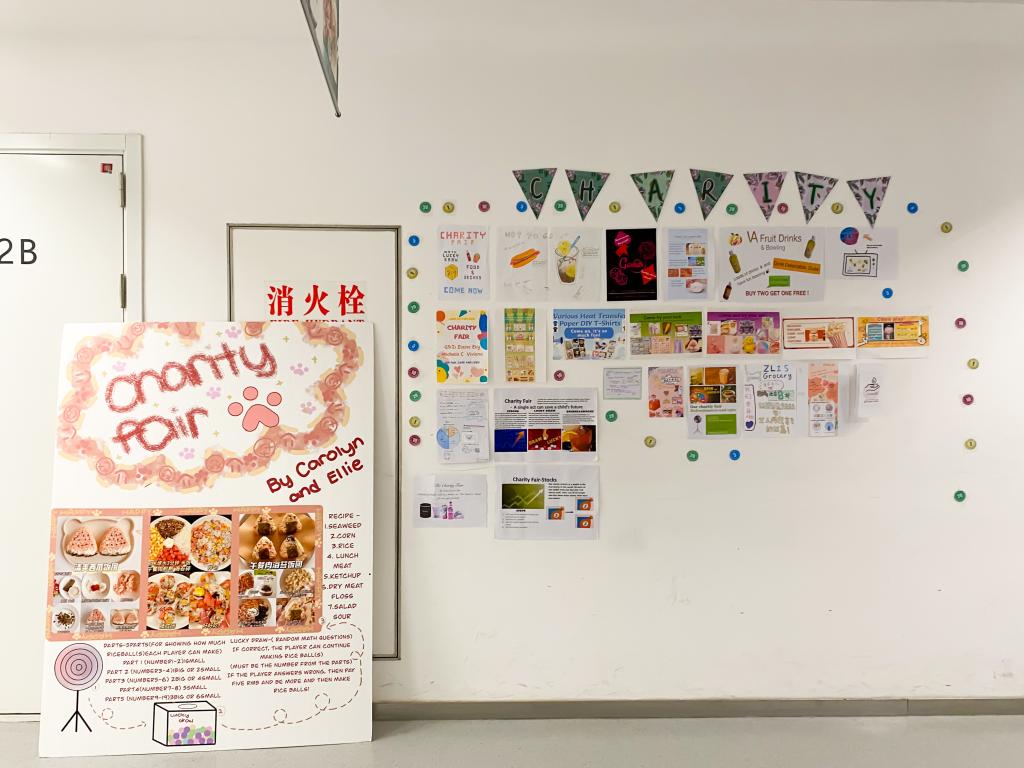

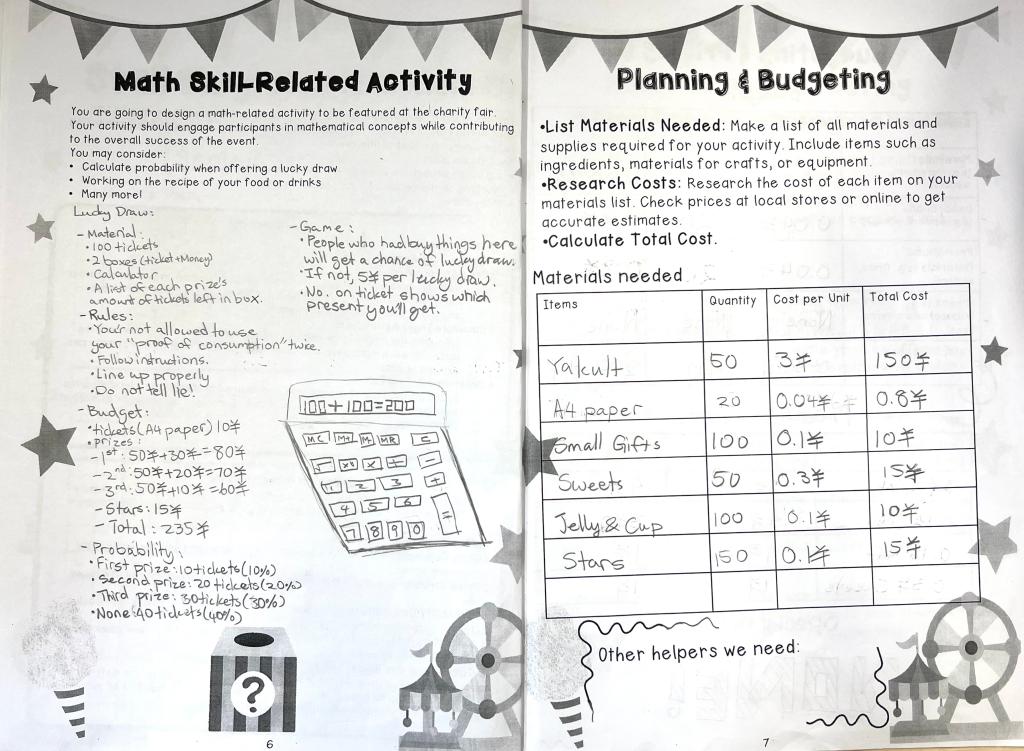
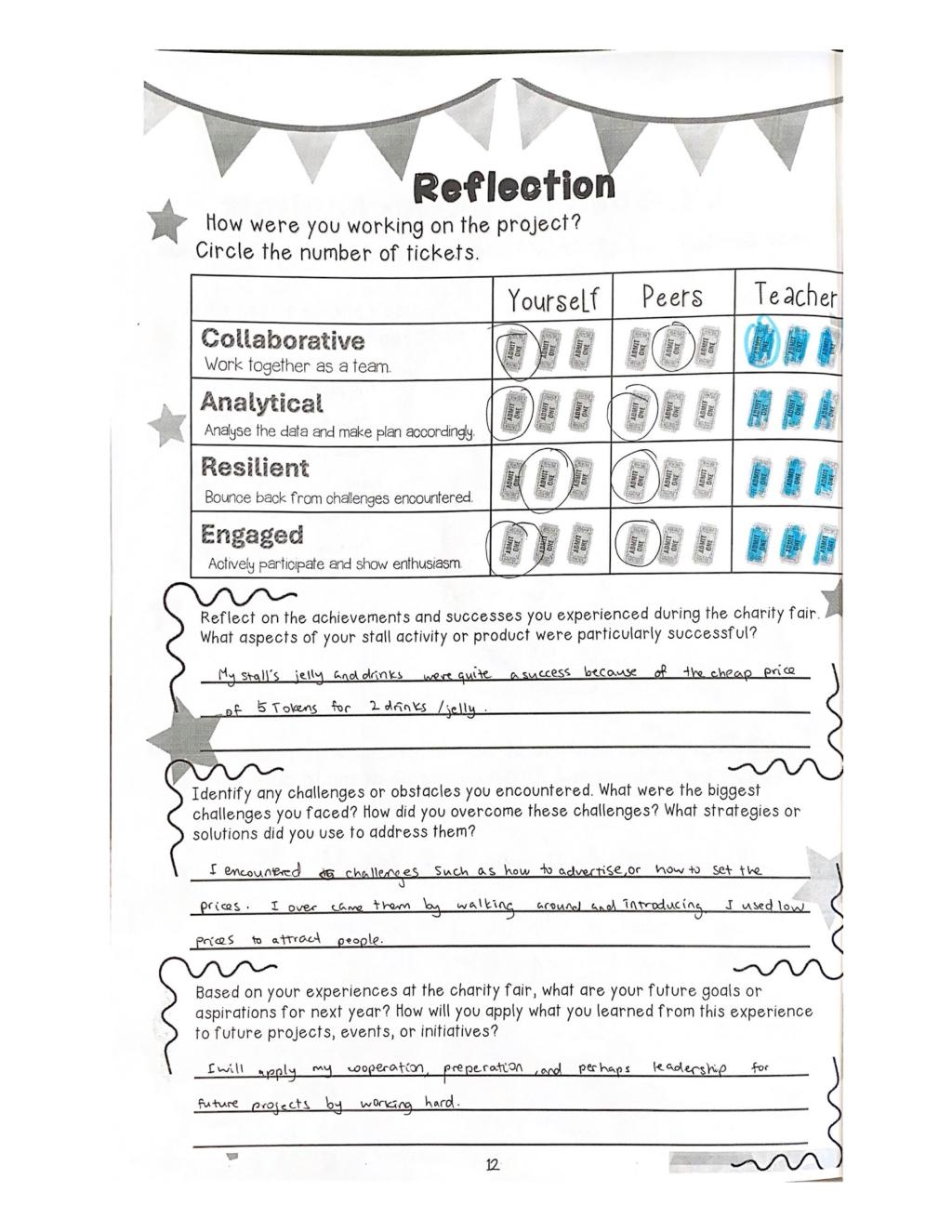
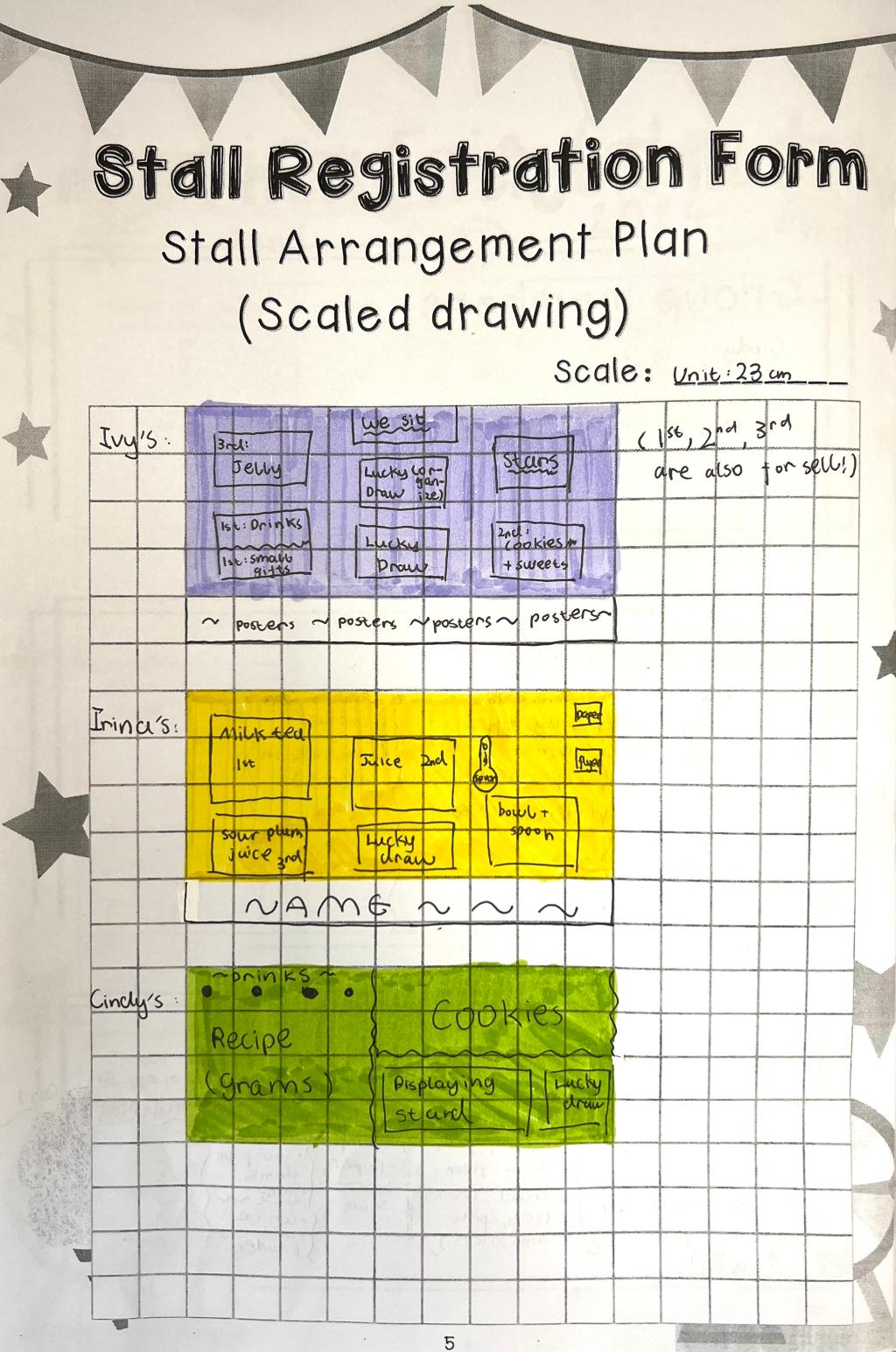
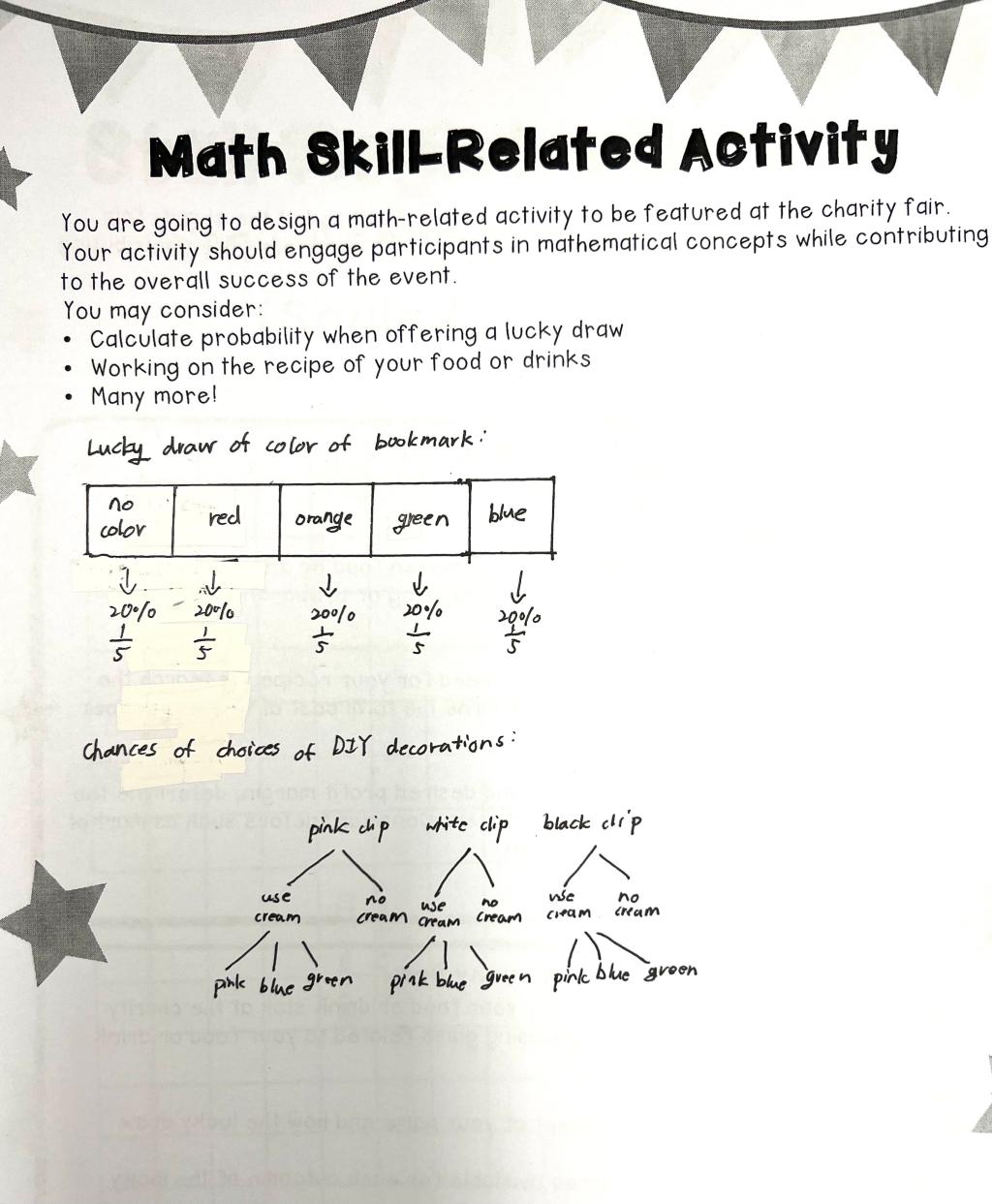
Written by Yuchen Xie
Pictures by G5 teachers
Edited by Cong Luo, Bianca Noguera